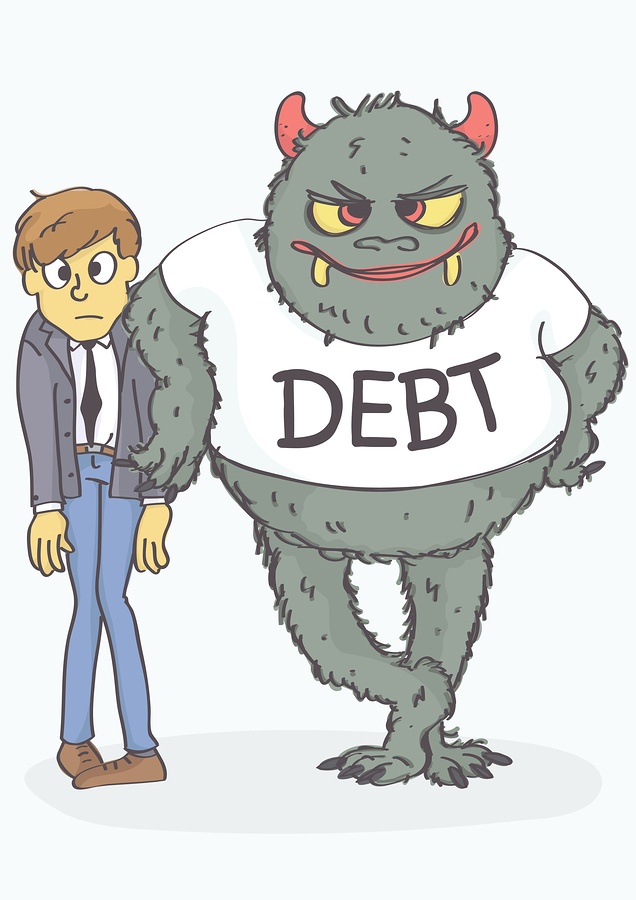Penny Thomas
AS a mother of two college students, I am well aware of the enormity of student loan debt. As a educator for LAGERS, I also understand the importance of saving for retirement. However, when instructing my children to make sure they pay off their student loans quickly AND start saving for retirement immediately, I get awkward looks from them, and I have to say, I can’t blame them.
Young adults face seemingly insurmountable challenges when it comes to finances, especially if you tack on the fact many young adults are starting their own families. Dependable transportation, housing, insurance, health care, daycare costs, (and the list goes on) are all part of the expense of life. How can these young adults be expected to focus on retirement savings when their living expenses and debt remains sky high?

There is no doubt, life expenses will present roadblocks to financial success and security. However, if you are a public worker, there may be an advantage of which you may not be aware. Though it’s not an immediate pay-off for most, there may be hope for the near future in the form of Public Service Loan Forgiveness (PSLF).
The PSLF forgives any remaining balance you have on Direct Loans after you have already made 120 (10 years worth) of qualifying monthly payments. These payments would have had to been made while you were working full-time for a qualifying employer. Obviously, the key word in the previous two sentences is “qualifying.”
According to the Federal Student Aid website, “A qualifying monthly payment is a payment that you make after Oct. 1, 2007; under a qualifying repayment plan; for the full amount due as shown on your bill; no later than 15 days after your due date; and while you are employed full-time by a qualifying employer.” A qualifying repayment plan includes all of the income-driven repayment plans. To make sure you are on track with your qualifying payments, you should complete and submit an Employment Certification form every year, especially if you change employers.
As far as qualifying employers are defined, the Federal Student Aid website lists the following:
- Government organizations at any level (federal, state, local, or tribal)
- Not-for-profit organizations that are tax-exempt under Section 501(c)(3) of the Internal Revenue Code
- Other types of not-for-profit organizations that are not tax-exempt under Section 501(c)(3) of the Internal Revenue Code, if their primary purpose is to provide certain types of qualifying public services
- Serving as a full-time AmeriCorps or Peace Corps volunteer also counts as qualifying employment
It is important to point out that loans from the Federal Family Education Loan Program or the Federal Perkins Loans Program do not qualify for PSLF. However, if you consolidate those loans into a Direct Consolidation Loan, then they may become eligible.
You will not automatically receive loan forgiveness after your 120 qualifying payments. You must submit a PSLF application, and you must be working for a qualifying employer at the time of application and until your loan is fully forgiven.
This is only a small portion of the information available concerning the PSLF. If you believe you may be eligible for this program, I encourage you to visit the Federal Student Aid website to learn more about the program. The FedLoan Servicing phone number is 1.855.265.4038 if you would like to have any questions you may have answered via phone.
Again, there will always be hurdles in a young adult’s path to financial security. Don’t let student loan debt be one of them. If you are eligible for the PSLF program, please visit the Federal Student Aid website.

